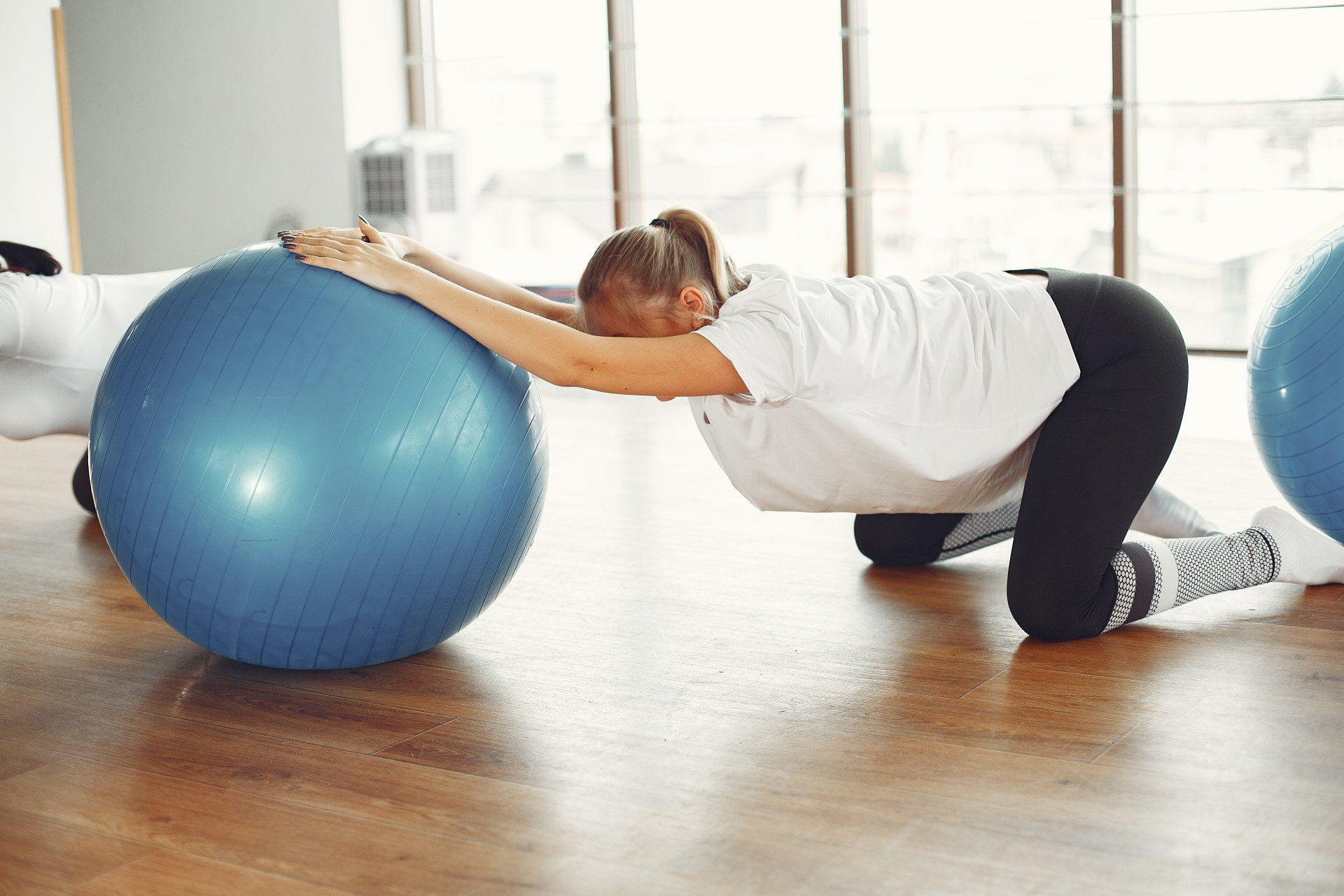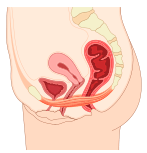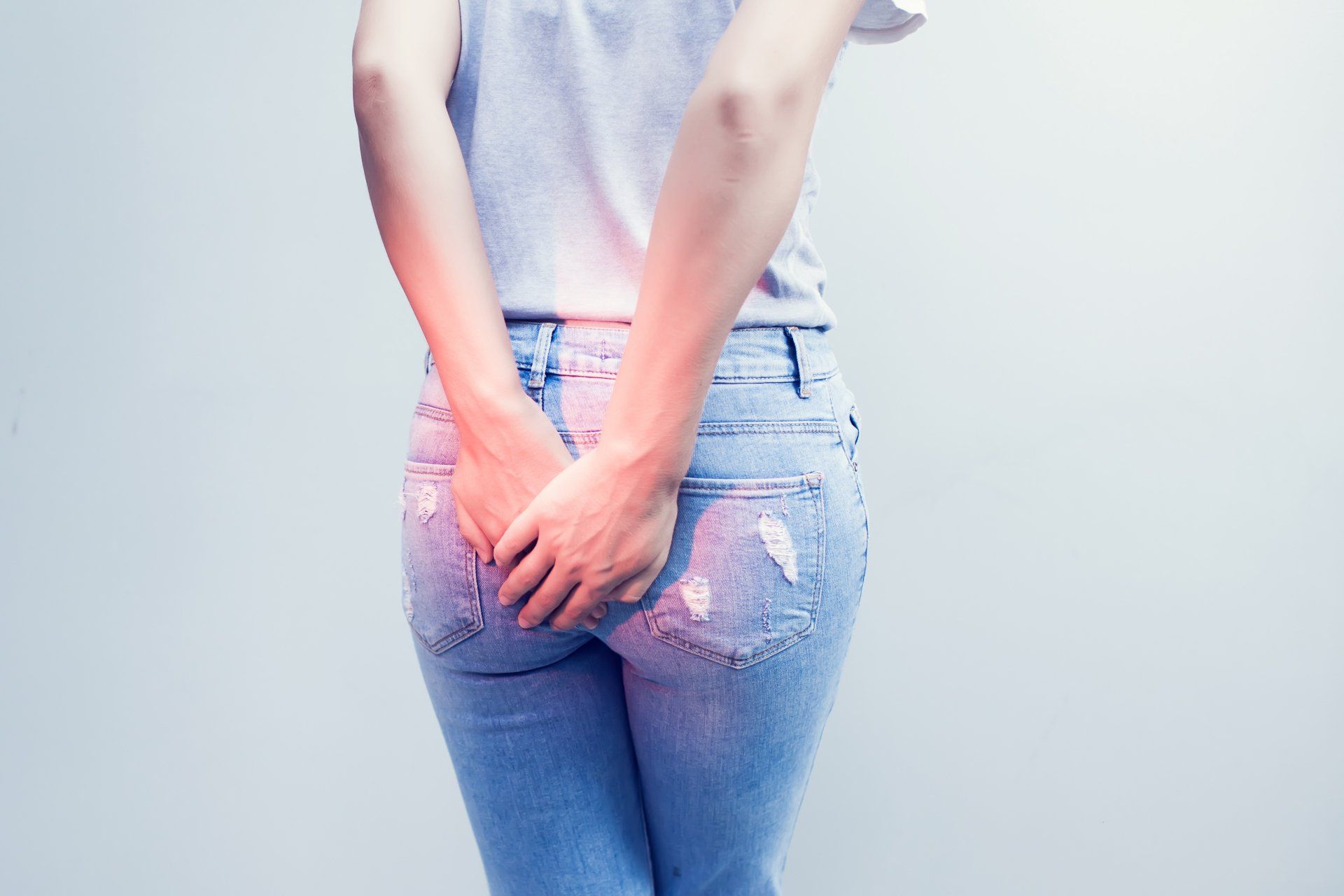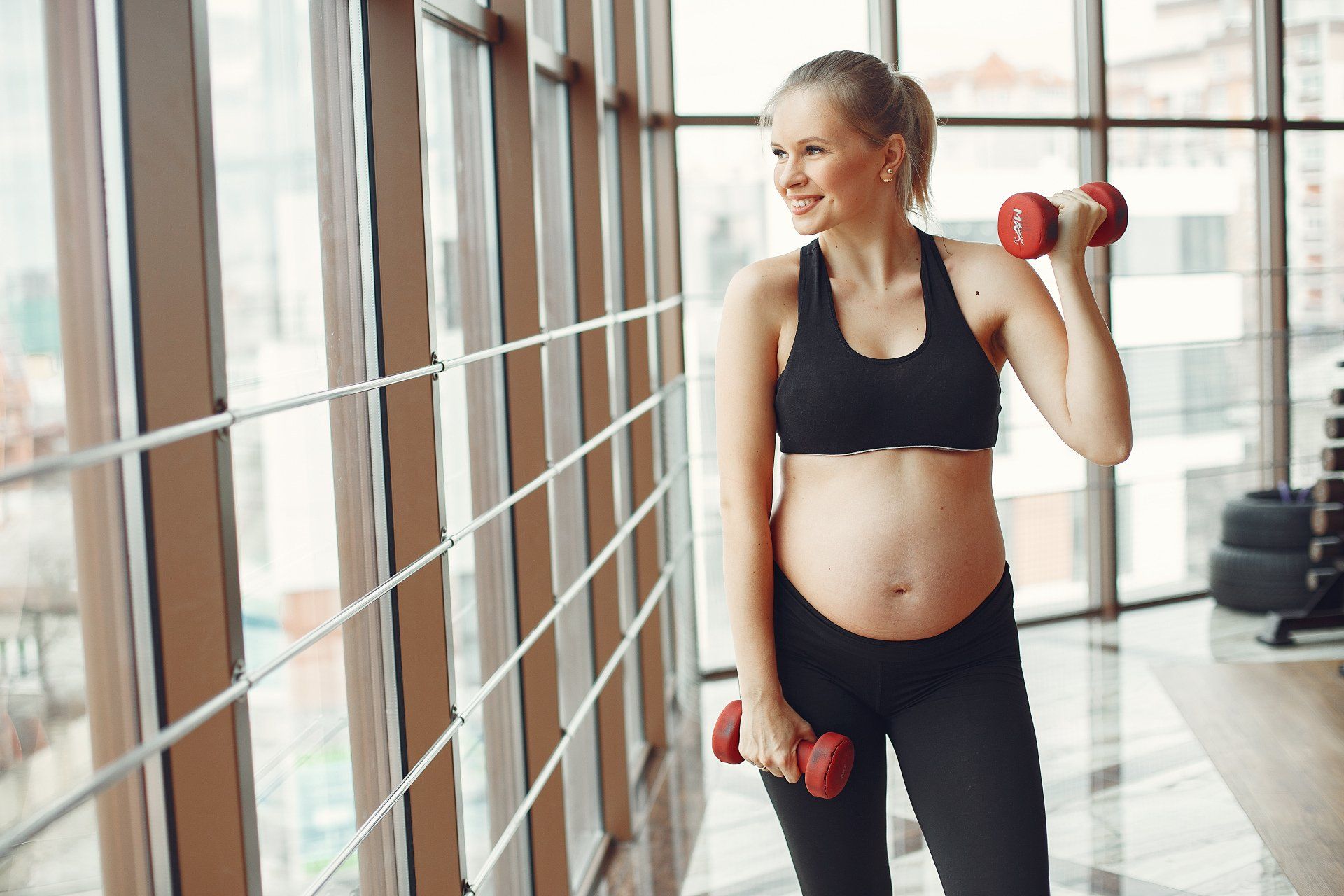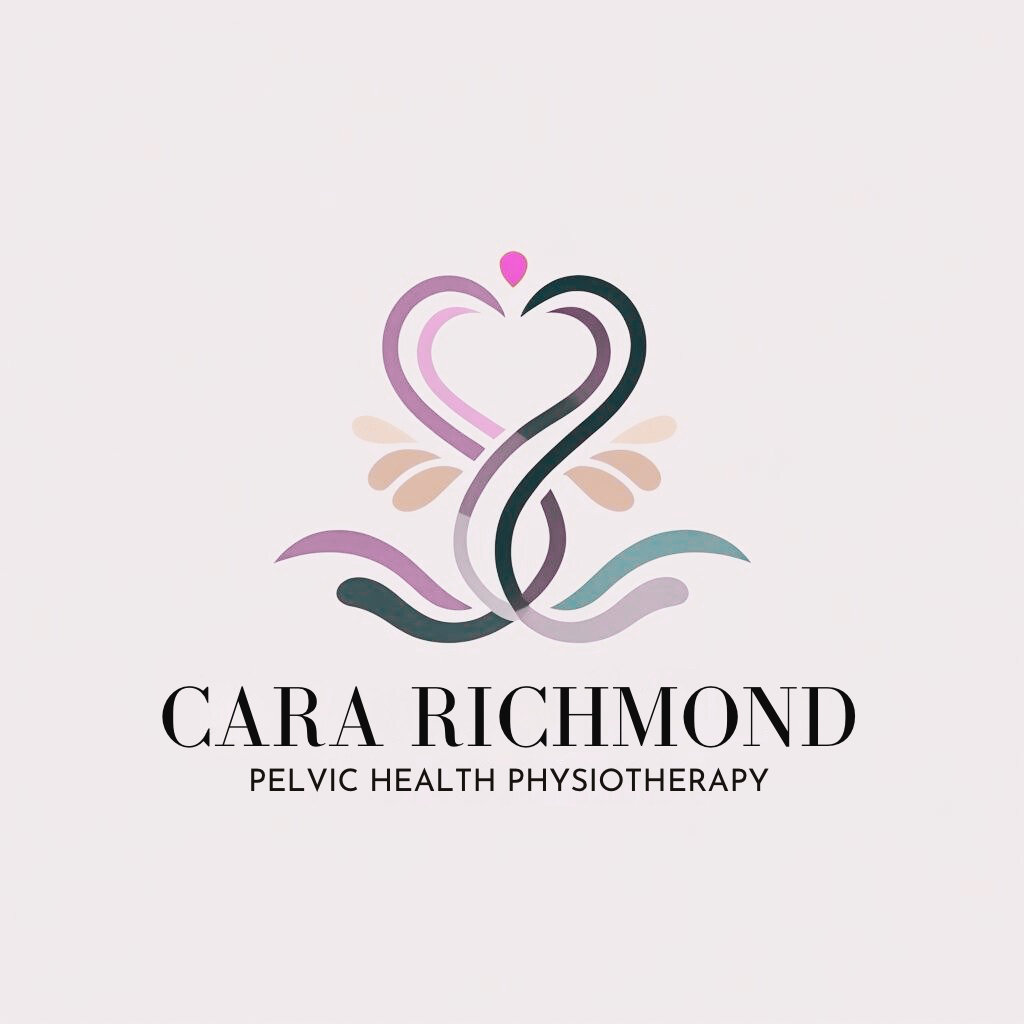By Cara Richmond
•
May 15, 2023
During pregnancy your body undergoes lots of physiological changes, to assist the growth and development of your baby. Pregnancy and birth are physically demanding, and having a reasonable level of fitness can help you better manage these demands, as well as help boost your mood and self image. What are some of the benefits of exercise in pregnancy? i mproved fitness reduced muscle and joint aches and pains improved mood and sense of wellbeing reduced risk of gestational diabetes and gestational hypertension reduced maternal weight gain and fat How much exercise should you do? The latest recommendations from the Royal Australian College of Obstetricians and Gynaecologists suggest that you should exercise most days of the week at a moderate intensity between 2.5-5 hrs per week. Ideally this would mean that you would exercise most days for around 30-45 minutes, where you feel like you are working hard, but not short of breath, e.g. brisk walking. What if you are inactive or don't exercise regularly? If you are currently not exercising regularly or you are inactive, it is recommended that you still start to exercise during your pregnancy. It is recommended that you start with second daily exercise and build up to daily as you are able to, e.g. Monday, Wednesday, Friday and start with 15- 20 minutes of exercise. As you feel that your fitness levels are improving, you can increase the time you are exercising for by 5 minutes until you reach 30-45 minutes each day and/or increase the number of days per week you are exercising for. What type of exercise should you do in pregnancy? Cardiovascular exercise brisk walking stationary bike riding swimming (avoid spas and hydrotherapy pools as these tend to be warmer and can lead to overheating of you and your unborn baby) Running (can be done if previously running prior to conception, speak to you Midwife, Obstetrician or Physio to see if they are happy for you to continue running during your pregnancy. Strength/resistance training maintaining and improving muscular strength in pregnancy is helpful for reducing muscle and joint pains during and after pregnancy avoid lying on your back to exercise after 16 weeks, as this can affect your blood pressure and blood flow to the baby aim for 2 sessions per week Exercise in Pregnancy Precautions 1. Do not exercise in the heat! Your body temperature is naturally higher in pregnancy and exercising in the heat or intensive exercise can cause your internal body temperature to rise to unsafe level for you and your baby. drink plenty of water before, during and after exercise exercise at a moderate intensity exercise in a cool and well ventilated space do not exercise if you are sick or have a fever 2. Avoid high impact exercise The pregnancy hormones make your joints and ligaments more stretchy and loose and thus predispose you to injuries and the extra weight can place extra stress on your joints. Ideally during pregnancy lower impact exercise will help you avoid injury. Medical / Pregnancy Complications that mean NO EXERCISE unless your Obstetrician or Midwife gives you clearance waters have broken (ruptured membranes) uncontrolled high blood pressure blood clots low lying placenta (placenta previa) intra uterine growth restriction uterine bleeding pre-eclampsia Warning signs to stop exercising immediately chest pain unexplained shortness of breath dizziness, feeling faint or headache muscle weakness calf pain, swelling or redness sudden swelling of the ankles, hands or face vaginal bleeding or amniotic fluid loss decreased fetal movement uterine contractions or pain in the lower back, pelvic area or abdomen (potentially indicating preterm labour) I can help design you a suitable exercise program tailored to your needs and fitness levels. Resources https://ranzcog.edu.au/wp-content/uploads/2022/06/Exercise-during-pregnancy-pamphlet.pdf
